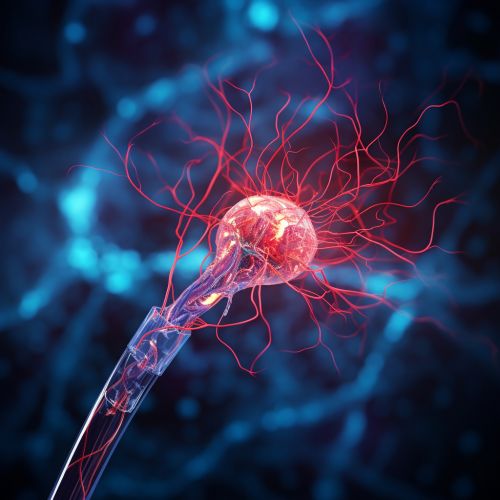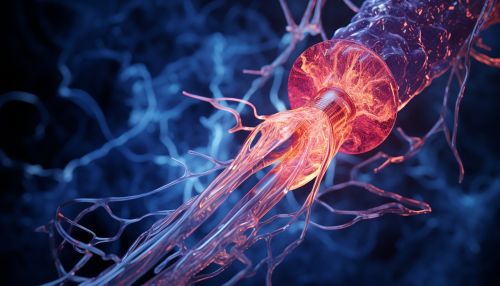Neurovascular catheters
Introduction
Neurovascular catheters are a type of medical device used in neurological procedures to access the blood vessels in the brain. They are a critical tool in the treatment of various neurological disorders, including strokes, aneurysms, and arteriovenous malformations (AVMs).


Design and Types of Neurovascular Catheters
Neurovascular catheters are typically designed with a long, thin, flexible tube that can be navigated through the body's vascular system to reach the brain. They are often made from materials such as polyurethane or polyethylene, which are biocompatible and resistant to blood clot formation.
There are several types of neurovascular catheters, each designed for a specific type of procedure or application. These include:
- Diagnostic Catheters: These catheters are used to perform angiography, a diagnostic procedure that uses X-ray imaging to visualize the blood vessels in the brain.
- Guide Catheters: These are used to guide other devices, such as stents or coils, to the treatment site.
- Microcatheters: These are smaller catheters that can navigate through smaller blood vessels to reach more difficult-to-access areas of the brain.
- Balloon Catheters: These catheters have a small balloon at the tip that can be inflated to control blood flow or to assist in the placement of other devices.
Uses and Procedures
Neurovascular catheters play a crucial role in a variety of neurological procedures. Some of the most common uses include:
- Angiography: As mentioned earlier, diagnostic catheters are used in angiography to visualize the blood vessels in the brain. This can help diagnose conditions such as aneurysms or AVMs.
- Endovascular Coiling: In this procedure, a guide catheter is used to deliver a coil to an aneurysm. The coil induces clotting, which can prevent the aneurysm from rupturing.
- Stent Placement: Guide catheters can also be used to deliver stents to the brain. Stents can help keep blood vessels open, improving blood flow to the brain.
- Thrombectomy: In cases of acute stroke, a neurovascular catheter can be used to remove a blood clot from a vessel in the brain. This can restore blood flow and minimize damage to brain tissue.
- Embolization: This is a procedure used to treat AVMs. A catheter is used to deliver embolic agents to the AVM, which can help reduce the risk of rupture.
Risks and Complications
While neurovascular catheters are a critical tool in the treatment of neurological disorders, their use is not without risks. Potential complications can include:
- Vessel Damage: The navigation of the catheter through the blood vessels can potentially cause damage, leading to bleeding or the formation of a hematoma.
- Infection: As with any invasive procedure, there is a risk of infection. This can be minimized with proper sterilization techniques and post-procedure care.
- Thrombosis: There is a risk of blood clot formation on the catheter, which can potentially lead to a stroke.
- Allergic Reaction: Some patients may have an allergic reaction to the materials used in the catheter or to the contrast dye used in angiography.
Future Developments
The field of neurovascular catheter technology is continually evolving, with ongoing research and development aimed at improving the safety, efficacy, and versatility of these devices. Future developments may include new materials, designs, and technologies to enhance navigation, reduce the risk of complications, and expand the range of treatable conditions.
